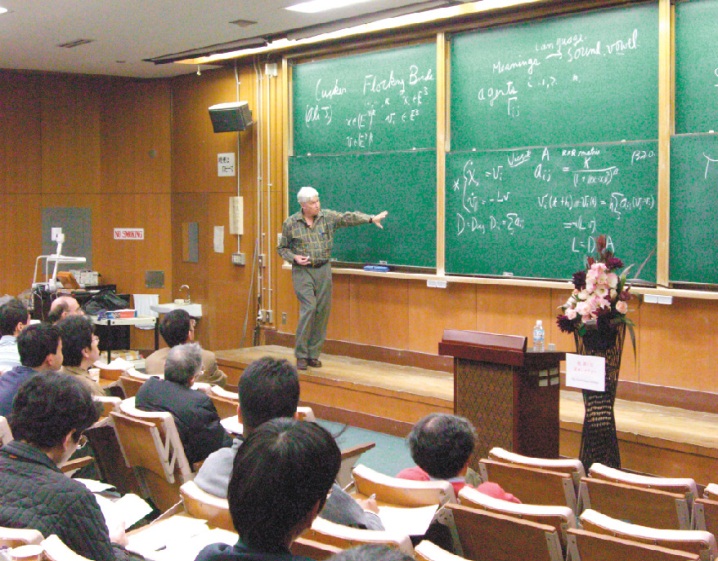Why Traditional Lectures are proving a Curse to Students?
 Do we ever care to wonder why after so many years of constant education transform, we still stick to the old idea of giving long boring lectures to students?
Do we ever care to wonder why after so many years of constant education transform, we still stick to the old idea of giving long boring lectures to students?
May be its repetition for so many years has made it a sort of an educational ritual. It has become a part of education and we all consider them really helpful without a second thought. But are they really helpful?
Over 35 years ago, Johnstone and Percival carried out a cognitive neuroscience and psychology researche, which tells a relatively different story. They observed over 90 students in lectures during their study. All lectures were given by 12 different lecturers. They stated the longest period of concentration in lectures was just 18 minutes that too dropped to 4 minutes by the end of the lecture. In another study, Hatley and Davies observed that students’ concentration level in the first 10 minutes was about three-fold higher than their concentration level in the last 10 minutes.
Neuroscience research also states that learning is an individualized process. Each student makes his/her own perception of a particular piece of information or fact taught during a lecture. These perceptions are highly influenced by their own beliefs and experiences. It does not find the idea of teacher centric education helpful as it hardly does anything to improve students’ solving skills.
Considering the facts above, the concentration span of students in modern hyper-connected environment with thousands of distractions has dropped by manifolds. A study that observed 1,000 students stated that the concentration span of students during any given lecture today is less than 10 minutes.
This proves that long lecture sessions are just a waste of time and learning. Then why are we so hell bent on to it?
We must definitely opt for other effective alternatives. We can opt for active and experiential learning alternatives. This is how students can apply their ideas in solving problems. But, again, how effective is it?
In a study conducted in 1998, 2084 students in traditional lectures were compared against 4458 students in active learning sessions. Needless to say, students in active learning sessions were found to have better conceptual understanding than those taking traditional lectures. Other studies down the line proved the same.
But it won’t be entirely true to say that education industries are not paying any attention to the importance of active learning sessions. The transformation is taking place but rather slowly. Duke-NUS medical school in Singapore ensures its students get to learn in active learning environment. Spectra Secondary school in Singapore has also adopted active learning model for its students.
Reducing the time limit of a traditional lecture in any educational institution will help students spend more time in other important and skill developing skills. They will get to learn more problem solving strategies. They will be empowered.
This post was published by Rakesh Singh, The product head at askIITians and an IIT- Delhi and IIM-Kozhikode alumni.
Active learning requires a culture of change in learning for the entire education system starting from pre-schools. The two examples that you cited, i.e. Spectra and Duke-NUS, caters to two different spectrum of learners. Have you done some homework on Spectra Sec and then determine whether the active learning model will work for the kind of students in Spectra? It is too premature to say that it will.
Don’t get me wrong, I am not eager for the lecture model also, but let’s not jump out of the frying pan just for the sake of doing so.